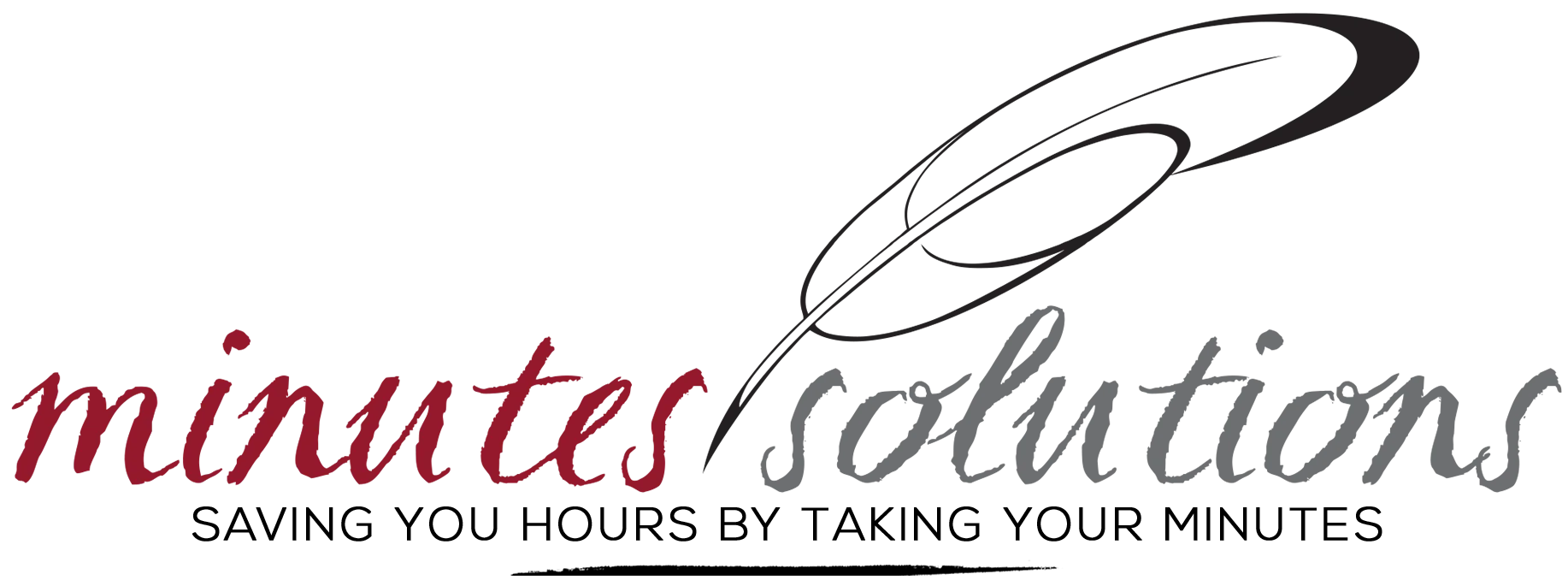Most community managers and volunteer directors do not become involved in the industry because they are excited about maintaining complete and accurate records of condominiums and homeowner’s associations (HOAs). However, despite the tedious and time-consuming nature of proper record keeping for community associations, its importance can’t be understated.
Without accurate records, community associations are not only at risk of damaging consequences but also, they can never live up to their full potential. Good records provide the context needed to make informed decisions, protect stakeholders, establish compliance, and enable the efficient operation of condominiums and HOAs.
Why Records Matter: Building a Foundation of Trust and Efficiency
Effective records provide a reliable institutional memory for associations, ensuring that every key decision, financial record, and action taken is documented and accessible. They establish a transparent history, showing residents, auditors, and legal entities alike that the association is accountable and compliant with regulations.
Community association boards typically experience frequent turnover and the regulatory environment is only becoming more complex. Given these challenges, robust records help maintain continuity, support decision-making, and serve as a vital resource for new board members or community managers.
The Risks of Inadequate Recordkeeping
When records are disorganized or incomplete, community associations can be affected in both obvious and surprising ways. Here are the critical areas where associations face real consequences if records fall short:
1. Loss of Corporate History and Knowledge
Relying on the memory of board members or managers for past decisions is unreliable and unsustainable, especially given frequent board turnover. When decisions aren’t properly documented, crucial knowledge is lost, leading to confusion, poor continuity, and difficulty understanding past actions. This knowledge gap can impair strategic planning, slow down projects, and lead to decisions being revisited repeatedly.
2. Increased Legal and Financial Exposure
Inadequate records can create serious problems for board members, especially when it comes to legal or financial scrutiny. Community associations are required by law to maintain thorough and accurate documentation, and if they come up short, the consequences can be costly. Without the right records, an association or manager can face fines, sanctions, or even lose footing in a legal dispute. Imagine needing to produce key documents during an audit or in response to a homeowner’s request—if those records aren’t accessible or complete, it can lead to penalties that take a direct toll on the community’s budget and overall resources. This is why maintaining accurate records is more than just a good habit; it’s essential protection for your community’s future.
3. Reduced Efficiency and Productivity
Without an efficient system, community managers may spend hours searching for records, reducing productivity and delaying responses to resident inquiries or other essential tasks. Employees spend too much time in their workweek searching for lost documents—time that could otherwise be dedicated to supporting the community. Disorganized records drain valuable resources and complicate otherwise simple operations, impacting the overall effectiveness of management.
4. Delayed or Incomplete Responses in Critical Situations
In emergencies—such as natural disasters, sudden legal inquiries, or urgent resident concerns—rapid access to accurate records is essential. A lack of properly organized records can slow response times, impacting the association’s ability to act promptly and protect the community. Similarly, delays in accessing or sharing records during audits or legal matters can put the association at risk, straining credibility and accountability.
The Role of Accurate Minutes: Safeguarding Decisions and Actions
Meeting minutes are some of the most valuable records an association has. Done right, they give a clear, straightforward picture of what decisions were made, what actions were agreed upon, and who’s responsible for what. Think of them as the community’s official record book—not a transcript of every word, but a smart summary of the essential points. Good minutes keep everyone on the same page, make follow-up easier, and offer a credible record if questions or disputes arise.
They should capture what was done—not necessarily who said what—to keep the focus on outcomes rather than individual commentary. This approach helps reduce liability and maintains a clear, objective record that boards can rely on for years to come.
Minutes should always:
– Document attendance, motions, votes, and decisions
– Avoid personal commentary or subjective opinions
– Clearly state any assigned action items or next steps
Poorly kept minutes expose managers, directors, and communities to unnecessary risk. In the event of a dispute, missing records or meeting minutes that don’t provide just the right amount of context can weaken a community’s position.
Best Practices for a Reliable Recordkeeping System
Associations can mitigate risks by establishing a recordkeeping system that prioritizes accuracy, accessibility, and regulatory compliance. Here are key practices to keep in mind:
– Implement a Clear Retention Policy: Associations should have a structured policy that outlines the specific retention periods for each type of document, from financial statements to meeting minutes. Local laws and community specific rules often mandate these periods, so it’s essential to consult legal standards and governing documents.
– Invest in Digital Recordkeeping: Digital storage allows for efficient organization and retrieval, reduces physical storage needs, and makes it easier to share information with residents or auditors. When using digital systems, ensure all files are backed up regularly and access is password-protected to maintain security.
– Conduct Routine Audits of Records: Regularly reviewing records helps identify any gaps, errors, or areas where documentation may be missing. Routine audits ensure that all documentation is complete and up to date, preparing the association for any record requests or legal needs that arise.
– Engage Professional Minute-Taking Services: For critical records such as meeting minutes, professional minute-taking services ensure impartial, precise documentation aligned with industry standards and maintain consistency in recordkeeping. This extra layer of accuracy ensures that minutes reflect actions taken without bias or unnecessary detail, which can prevent potential liability issues.
Protecting Your Community Through Better Recordkeeping
Poor recordkeeping can lead to real challenges that ripple through a community association, affecting everything from legal protection to financial health and everyday operations. By putting strong recordkeeping practices in place, investing in systems that make organization easy, and relying on professional services such as those from Minutes Solutions, communities can protect their operations, avoid unnecessary risks, and build trust with residents.
At Minutes Solutions, we specialize in minute-taking services that deliver:
– Compliance and Accuracy: Minutes that meet regulatory standards and are ready for legal use.
– Efficiency and Accessibility: Organized records that simplify responses to residents and auditors.
– Accountability and Transparency: Clear, action-focused minutes that build resident trust.
Protect your community and its hard work by prioritizing accurate, reliable records. Contact Minutes Solutions today to learn how we can support your association with professional and objective minute-taking services.










